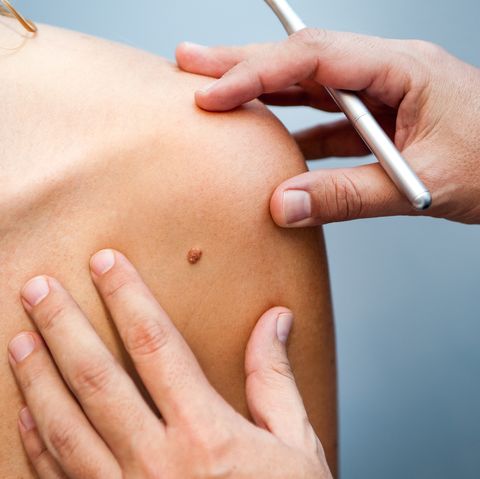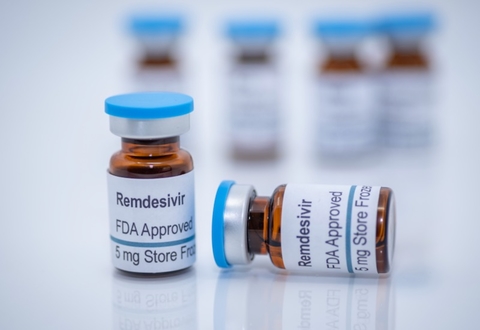How do I check my moles. Color can be one of the most revealing signs that a mole should be checked out as quickly as possible by a dermatologist.
How To Check A Mole On Your Skin For Cancer
If one half of your mole doesnt resemble the other half you should get it checked out.

When should i get a mole checked. Moles are raised and can be dark brown tan or pink. Moles that are flat that have two or more tones of color and that have irregular spreading borders should be checked out. Normal moles tend to be smaller than the head of pencil eraser less than six millimeters in diameter If the mole is large especially much larger than others get it checked out.
Here at The Clinic we have a Skin Cancer Clinic that is home to a FotoFinder - a sophisticated piece of medical machinery that performs full body mole mapping. We recommend that our patients come in yearly for a mole check. If you draw a line down the centre of a mole and the two halves do not match.
How to check your moles Stand in a well-lit room. It is especially important to check the soles of your feet and palms of your hands. The mole has different colors or it has shades of tan.
The mole borders are odd. Also if the border of your mole is irregular for example scalloped or jagged rather than smooth or evenly contoured dermatologist Julie Karen MD says to see your doctor. Make sure you check hard to see places such as your back buttocks and scalp.
How earlyoften should I see a dermatologist to get checked. The Cleveland Clinic says that most dermatologist a skin doctorexpert recommend checking our moles once a month. How often should moles be checked.
Though many moles are harmless it is always recommended that people become familiar with how many moles they have and what they look like to determine if the mole should be checked by a dermatologist. If you have a partner they can check. So how often should we be checking our moles.
More frequently depending on the number and type of moles. Its important to get a new or existing mole checked out if it. If a mole displays any of the signs listed below have it checked immediately by a dermatologist.
Use a full-length mirror and a hand mirror to check your body all over. If your mole color has changed at all especially if it turns red or pink get it looked at. Presence of any suspicious moles or skin lesions.
However dark-skinned people should still be vigilant as dark skin makes changes in moles more difficult to detect. While they report that most moles are non-cancerous if we see anything suspicious we should see a dermatologist as soon as possible to be on the safe side. Changes shape or looks uneven changes colour gets darker or has more than 2 colours starts itching crusting flaking or bleeding gets larger or more raised from the skin.
Similarly a mole thats irregular in color could be cause for concern. One half of the mole does not match the other half Border. Jagged borders can also be a red flag.
Ganz recommends you check your own moles at home every one to three months. In general everyone should have a full skin exam done at least once per year. There is no ideal time of the year to check your moles but the risk of change does increase slightly after the summer holidays so keeping an eye on your moles during autumn or early winter.
The border or edges of the mole are ragged blurred or irregular Color. When youre examining moles follow the ABCDE rules and look for any of the following suspicious signs. Normal moles have distinct margins and a symmetrical appearance.
If the mole has unusual or multiple colors black grey brown pink red or others get it checked out. Common mole myths Does having more moles mean more problems. The bottom line Shaffer says is that if you notice any unusual changes to an existing mole or a newly formed one you should make sure to get it checked by your doctor wholl be able to advise if you need further treatment.
This is true to a degree says Dr Friedmann. Noticing atypical moles or any changes in your moles you have. Anything up to 150-250 is normal much above this number.
When you get out of the shower scan your entire body for moles that appear larger discolored or asymmetrical. If we have a family history of skin cancer we should be self-examining. Borders of the mole are irregular or uneven instead of smooth and round.
Although people with lighter skin are at an increased risk of melanoma darker skin individuals still need to be checked regularly. Any moles that are changing should be checked out. If you have a funny feeling about a mole it should be checked.
The threshold for checking moles goes down if you have a family history of abnormal moles or melanoma. If you see any early signs of skin cancer like a rash or sore that wont heal a growth or moles or warts changing in their appearance. These yearly comprehensive mole checks assist in the early detection of skin cancer.
Alerting your doctor to any suspicious spots is your responsibility and you should check your skin for potential problems on a regular basis. If you have new moles appearing on your body rapidly or if you have over 50 moles on your body.
